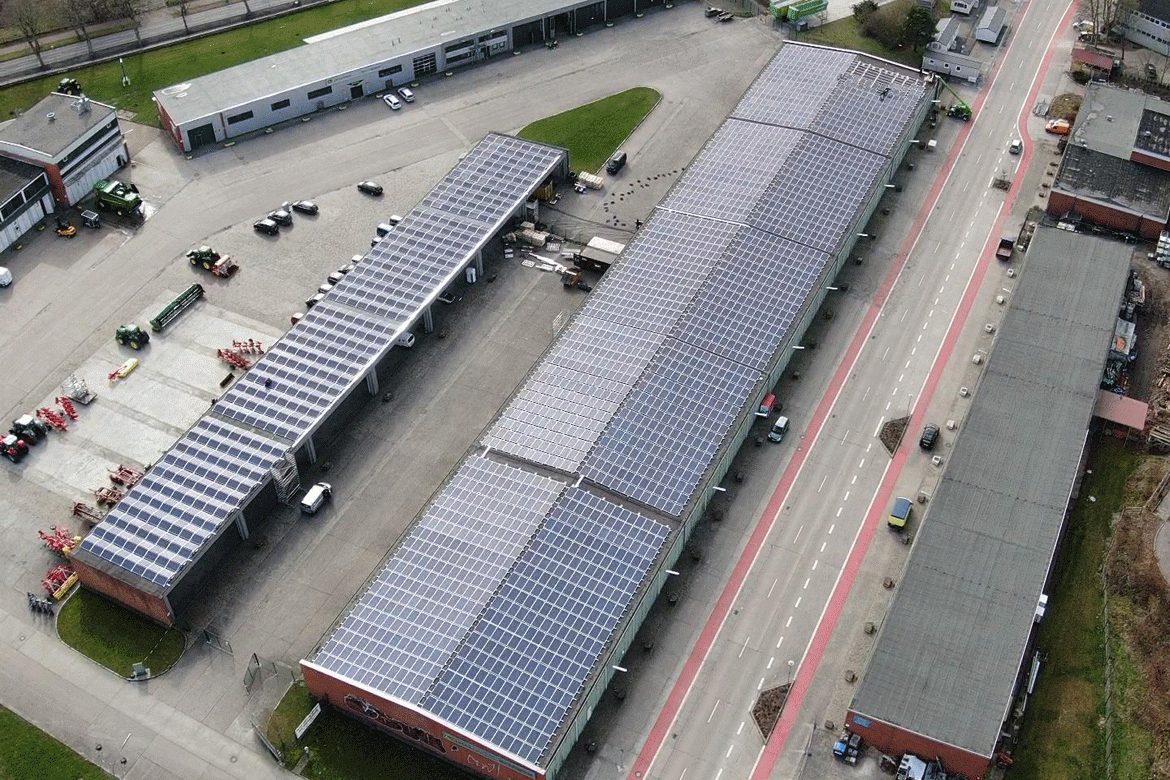9.14 megawatt SUNfarming PV rooftop systems in Germany
From December 2018 to February 2019, SUNfarming completed 9.14 megawatt rooftop systems in Germany in compliance with the EEG - in time for new special cuts by the legislator. Bank financing for the Group's own investment portfolio was confirmed by GLS Bank in March of this year.
The demand for on-roof PV systems for residential, commercial and industrial buildings with an installed capacity of less than 750 kWp have risen sharply in recent years.
For the electricity of rooftop photovoltaic systems with an installed capacity of less than 750 kilowatts peak (kWp), the operator receives a fixed remuneration in accordance with the Renewable Energies Act (EEG). In contrast, the operator of a plant with an installed capacity of more than 750 kilowatts peak must take part in a tendering procedure, whereby the level of support for the installations is determined in a competition.
Tenders are very expensive, the electricity produced may not be used for own use according to the EEG and the amount of subsidy depends on the cheapest provider.
Another advantage of rooftop systems compared to open space PV systems is that no building application has to be made for the construction.
A 750 kWp photovoltaic system can produce an average of 700,000 kilowatt hours of electricity per year, which corresponds to a power consumption of around 250 households
Photovoltaic systems (PV systems) make an important contribution to climate protection. In 2017, more than 39,300 gigawatt hours of electricity were generated by PV systems in Germany, which can supply around 12 million households.
Comments are closed.
Wczytując mapę, użytkownik akceptuje politykę prywatności Google.
Dowiedz się więcej




